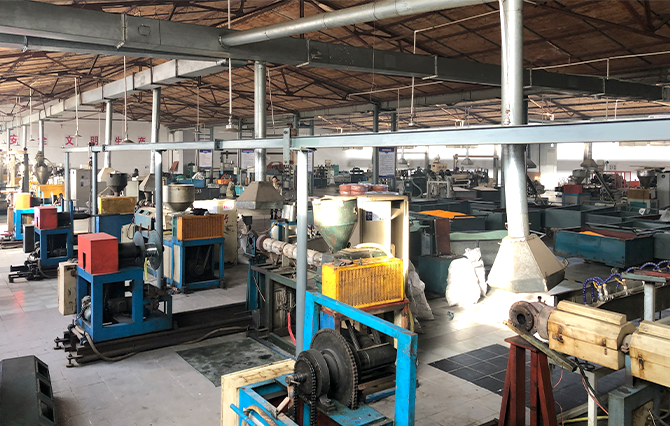oxygen & acetylene hose
Understanding Oxygen and Acetylene Hoses Safety and Applications
In the world of welding and cutting, oxygen and acetylene hoses are essential tools that play a critical role in various industrial applications. These hoses facilitate the safe transport of gases needed for processes such as oxy-fuel welding and cutting, which are commonly used in metal fabrication, automotive repair, and even art installations. Understanding the properties, uses, and safety measures associated with these hoses is key for professionals in the field.
Composition and Functionality
Oxygen and acetylene hoses are typically made of durable rubber materials that can withstand high pressures and temperatures. The oxygen hose is usually colored green, while the acetylene hose is red. This color coding is crucial for identifying the hoses quickly during operations, reducing the risk of accidents.
The function of these hoses is straightforward; the oxygen hose transports oxygen from a high-pressure cylinder, while the acetylene hose delivers acetylene gas. When combined at the torch, these gases ignite to produce a high-temperature flame, allowing for effective welding and cutting of various metals.
Applications in Industry
The applications of oxygen and acetylene hoses extend across multiple industries. In metalworking, for instance, these hoses are used to cut and shape metals with precision. The intense heat generated by the flame can reach temperatures exceeding 3,200 degrees Celsius (5,792 degrees Fahrenheit), which is ideal for melting steel and other metals.
oxygen & acetylene hose

Additionally, these hoses are used in plumbing and HVAC (heating, ventilation, and air conditioning) for tasks such as brazing and soldering. Artisans in the glassblowing and sculpture fields also rely on oxy-acetylene torches to create intricate designs, highlighting the versatility of these gases and their delivery systems.
Safety Considerations
Safety is paramount when working with oxygen and acetylene hoses. Both gases are flammable, and any mishandling can lead to catastrophic results, including fires and explosions. Therefore, adhering to safety protocols is crucial.
First and foremost, it is essential to inspect hoses regularly for any signs of wear, damage, or leaks. Leaky hoses can pose severe risks, and any suspect hose should be replaced immediately. Additionally, hoses should always be stored properly, avoiding sharp bends and direct sunlight, which can degrade the material over time.
When using oxygen and acetylene equipment, proper connections are vital. It’s essential to ensure that the regulator settings are appropriate to prevent excessive pressure from building up in the hoses. Furthermore, users should always have a fire extinguisher nearby and be trained in emergency response measures in case an incident occurs.
Conclusion
Oxygen and acetylene hoses are indispensable in many manufacturing and creative processes, providing the necessary means to generate high-temperature flames for welding and cutting applications. Understanding their function, potential hazards, and safety requirements is essential for anyone working with these tools. As the industries evolve, ongoing education about the proper handling of oxygen and acetylene equipment will continue to be critical in ensuring safety and efficiency in welding and related tasks. For both seasoned professionals and newcomers, knowledge and safety should always go hand in hand when working with these powerful gases.
-
Top Quality Oxy Acetylene Hoses for Sale Fit for Welding DemandsNewsJul.28,2025
-
The Future of Pneumatic Air Tubes in IndustryNewsJul.28,2025
-
Superior and Reliable LPG Hose Pipe Solutions for Every NeedNewsJul.28,2025
-
Exceptionally Durable and Versatile Premium Braided PVC TubingNewsJul.28,2025
-
Best Adapters for Connecting Garden Hose to PVC Pipe ConnectionsNewsJul.28,2025
-
The Essential Role of LPG Hoses in Safe and Efficient Gas DistributionNewsJul.16,2025














